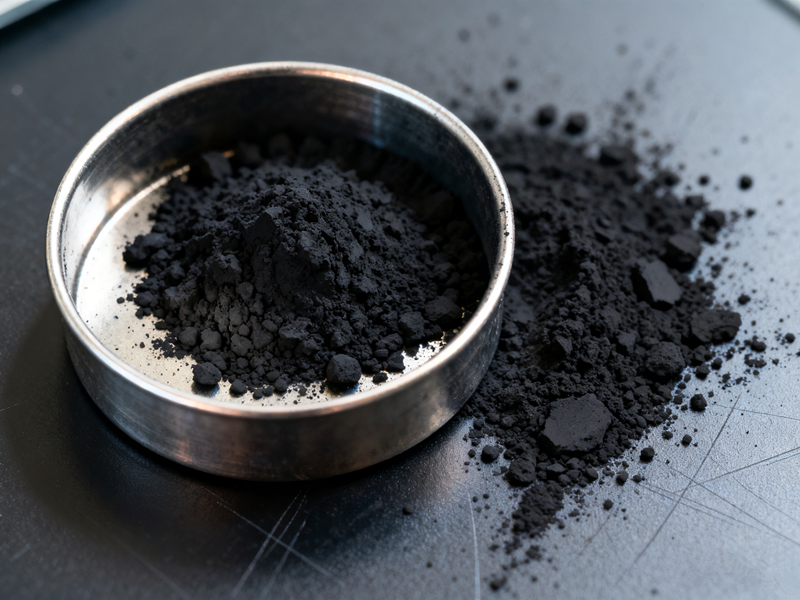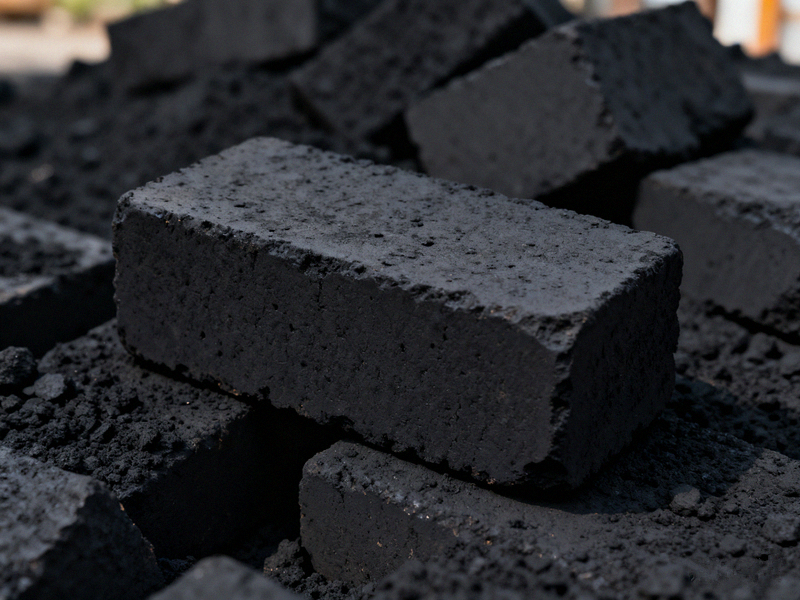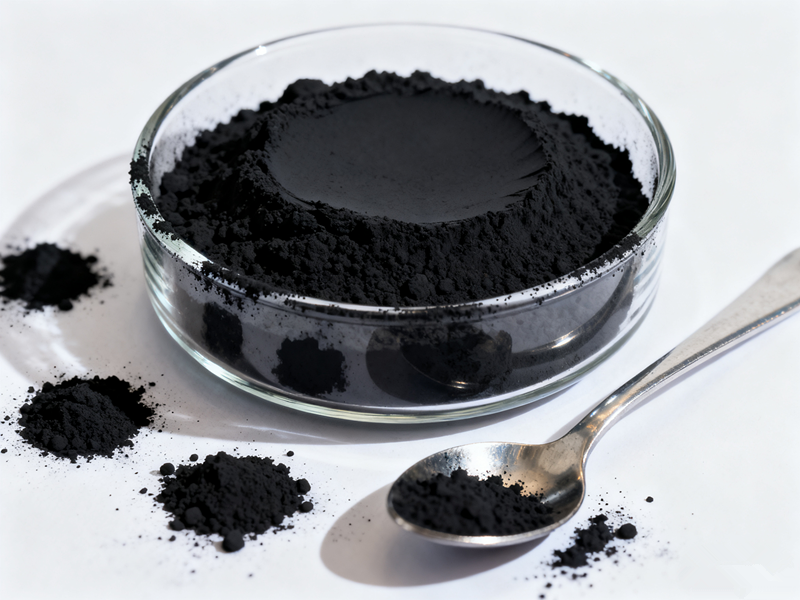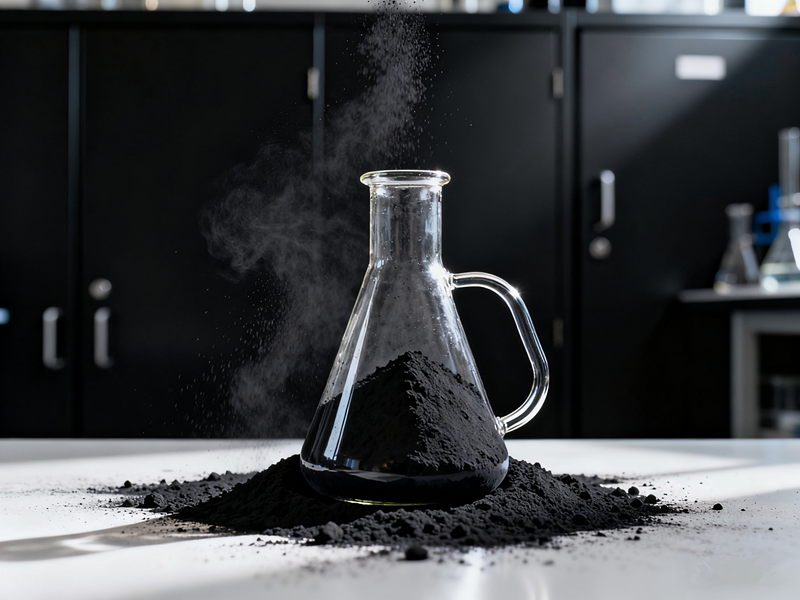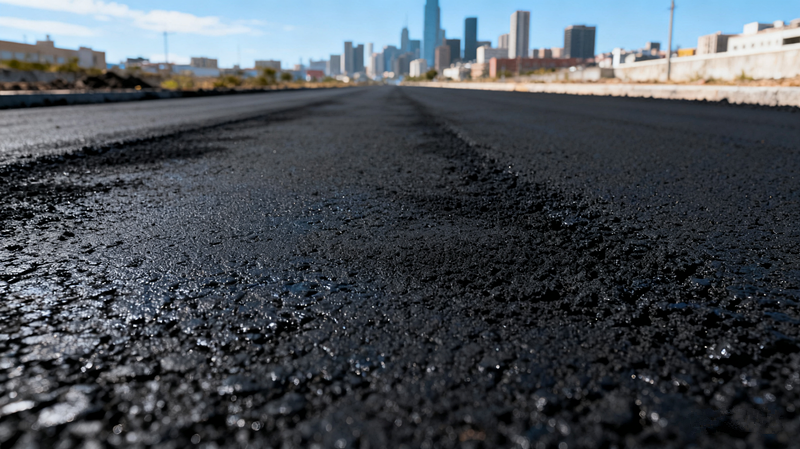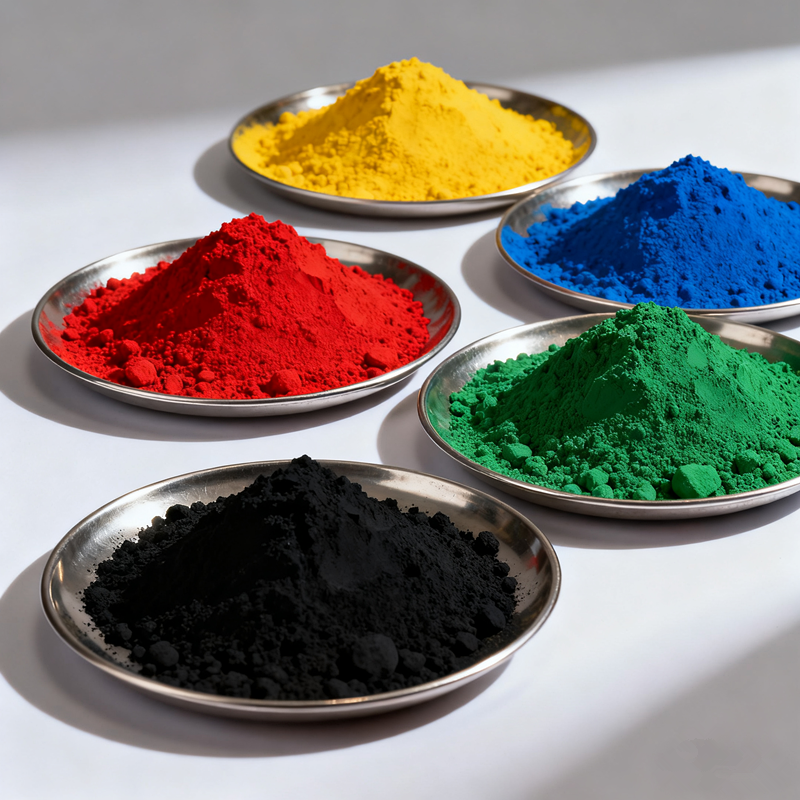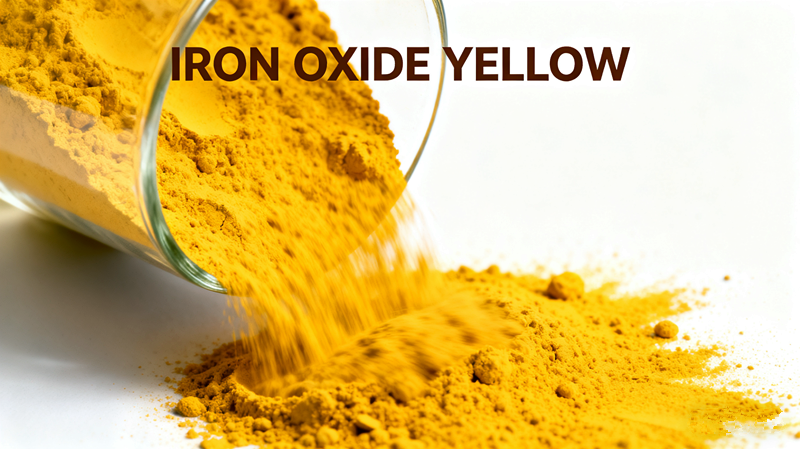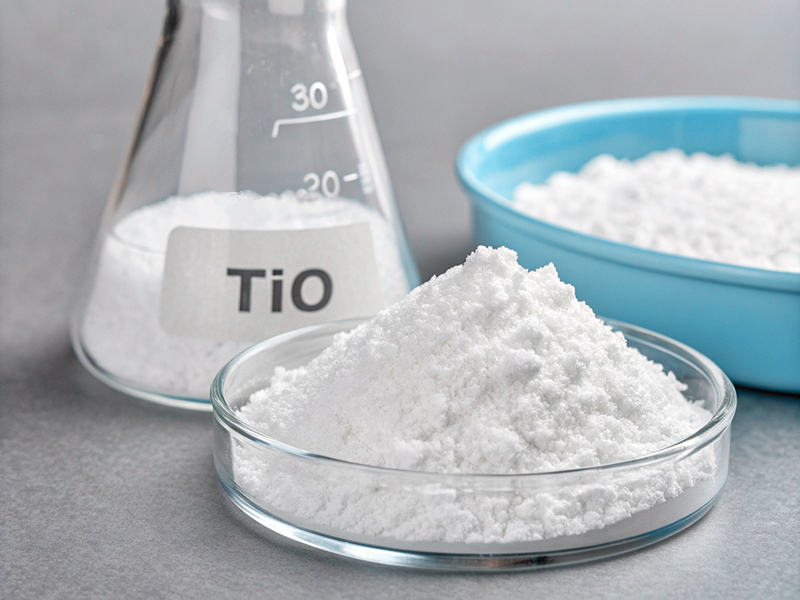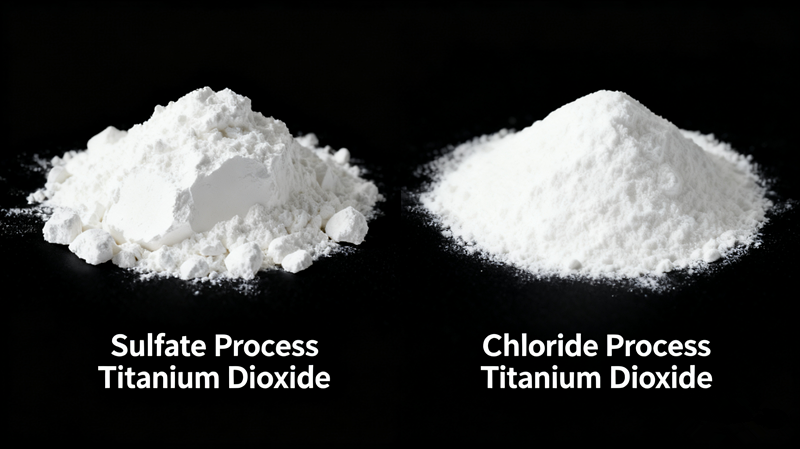Concrete is one of the most versatile and widely used construction materials. Beyond strength and functionality, modern construction also demands long-lasting aesthetics. Colored concrete is increasingly popular in paving blocks, architectural elements, decorative floors, and precast structures. However, many builders and contractors face one challenge: color fading over time.
The fading of concrete colors can reduce the attractiveness and value of projects, especially in outdoor environments. To ensure durability and visual appeal, the choice of pigment becomes critical. Among the many available options, iron oxide black1 stands out as a reliable solution.
Why Does Concrete Color Fade?
Concrete is continuously exposed to external factors such as sunlight, rain, traffic, and cleaning chemicals. Over time, these factors contribute to fading.
- UV Degradation: Organic pigments often lose brightness due to prolonged sunlight exposure.
- Moisture and Efflorescence: Water movement within the concrete can cause white salt deposits, which make colors look dull.
- Abrasion: Walking, driving, or cleaning wears away the colored surface layer.
- Low-Quality Pigments: Inexpensive pigments may not withstand UV or chemical attack, leading to quick discoloration.
Understanding Environmental Impact on Concrete
Environmental exposure is one of the most significant causes of fading in concrete surfaces2. When ultraviolet rays penetrate the surface, organic pigments gradually lose their molecular stability, resulting in noticeable color loss. In regions with high sun intensity, such as tropical climates, this fading can happen within just a few years if unsuitable pigments are used.
Moisture also plays a damaging role. Rainwater and groundwater often carry salts, and when these salts move to the surface through evaporation, they leave behind a white, chalky layer called efflorescence. This not only affects the surface appearance but also creates the illusion of faded color. Similarly, high-traffic concrete, such as pavements or driveways, experiences abrasion that physically reduces the thickness of the pigmented layer. Each of these factors makes the choice of pigment critical. By selecting inorganic pigments like iron oxide black3, builders can mitigate environmental impacts and ensure longer-lasting color stability.
The Advantages of Iron Oxide Pigments
Iron oxide pigments are among the most widely used colorants in construction due to their inorganic composition and stable performance. Their key benefits include:
- UV and Lightfastness – Resistant to fading from prolonged sunlight.
- Alkali Resistance – Stable in highly alkaline cement-based systems.
- Durability – Maintain performance in harsh outdoor conditions.
- Non-Toxicity – Safe for workers and eco-friendly.
These pigments are available in several shades: red, yellow, brown, and black. Iron oxide black4 is especially valued in concrete applications for its unique properties.
Why Inorganic Pigments Outperform Organic Options
Organic pigments5 are attractive because of their bright shades, but they lack the chemical and UV stability required in cement-based applications. Under constant exposure to sunlight, their molecular structure breaks down, leading to dull and faded surfaces. In contrast, inorganic pigments like iron oxides are crystalline in structure, making them resistant to photodegradation.
Additionally, concrete is highly alkaline due to cement hydration products. Organic pigments5 cannot withstand this environment and tend to lose their intensity quickly. Iron oxide pigments6, however, remain unaffected by alkalinity, ensuring long-term performance. This makes them particularly suitable for outdoor applications like roads, parks, and building facades, where both durability and appearance are equally important.
Why Choose Iron Oxide Black for Concrete?
1. Superior Color Stability
Iron oxide black retains its deep shade even after years of outdoor exposure. Unlike organic alternatives, its inorganic composition makes it resistant to UV degradation and chemical reactions.
2. Strong Tinting Strength
A relatively small dose of iron oxide black achieves consistent coverage and deep tones. It also ensures uniform distribution within the concrete mix.
3. Resistance to Harsh Conditions
Concrete exposed to rain, salt, or industrial chemicals benefits from the inert and stable nature of iron oxide black.
4. Wide Application Range
Iron oxide black is ideal for:
- Paving blocks and interlocking tiles
- Decorative stamped concrete
- Roofing tiles
- Precast panels
- Structural concrete with aesthetic finishes
5. Flexible Design Options
Black can be used as a solid, modern finish or blended with white cement and titanium dioxide to create custom gray shades.
The Unique Role of Iron Oxide Black
Among all pigment choices, black occupies a special place in design. Modern architecture often emphasizes minimalism, clean lines, and neutral tones. Iron oxide black7 helps achieve these design goals by offering an elegant yet strong finish. In paving, black provides contrast to lighter tones, enhancing visual patterns. In roofing and facades, it creates a sleek and professional look that withstands weather conditions.
Additionally, the versatility of black makes it possible to mix with other pigments to achieve unique gray shades. This flexibility provides architects and designers with creative freedom while maintaining durability. For industries producing large volumes of precast elements, the ability to rely on consistent black or gray shades is a major advantage in ensuring product uniformity.
Best Practices for Using Iron Oxide Black in Concrete
To maximize results when using iron oxide black:
- Dosage Control: Limit pigment to about 3–5% of the cement weight to avoid affecting concrete strength.
- Thorough Mixing: Proper mixing ensures even color without streaks.
- High-Quality Raw Materials: Clean aggregates and cement help prevent color variation.
- Surface Protection: Sealers enhance color intensity and protect against abrasion.
- Batch Consistency: Use strict production ratios for uniformity across multiple batches.
Production Consistency Matters
Even the best pigment can only perform well if applied correctly. Many contractors underestimate the importance of dosage and mixing. Too much pigment can weaken the concrete matrix, while too little results in poor coverage. The key is maintaining a balance between aesthetics and structural integrity.
Moreover, consistent batch control is essential, especially for large projects like pavements or commercial developments where multiple batches are poured. Variations in cement brand, aggregate type, or water content can alter the final shade of concrete. By standardizing production processes and carefully recording material ratios, manufacturers and contractors can ensure that all sections of a project match in color and performance.
Comparing Iron Oxide Black with Other Pigments
- Carbon Black: Produces deep black but lacks durability in alkaline environments and often fades.
- Organic Pigments: Bright but unstable outdoors, prone to UV degradation.
- Natural Earth Pigments: Affordable but inconsistent in quality and color strength.
Iron oxide black8 delivers the best balance of durability, stability, and cost-effectiveness for concrete projects.
Cost vs. Performance in Pigment Selection
While carbon black is cheaper initially, it often fails in long-term applications due to poor alkali resistance. This results in maintenance costs or the need for resurfacing, making it less economical in the long run. Similarly, organic pigments may appeal for decorative indoor applications, but outdoors they fade rapidly, requiring replacement.
Iron oxide black offers a middle ground where cost is reasonable and performance is superior. Its durability reduces lifecycle costs, making it the best option for industries aiming for long-lasting results. When evaluating pigments, builders should always consider total project costs, not just initial material prices.
Conclusion
Color fading in concrete is a common issue that impacts both aesthetics and durability. The best way to prevent it is by selecting pigments that are strong, stable, and resistant to environmental stress. Iron oxide black stands out because of its UV resistance, chemical stability, and ability to deliver long-lasting deep tones in a wide range of applications.
By using high-quality iron oxide black, contractors and manufacturers can achieve concrete that remains visually appealing for years, reduces maintenance costs, and enhances project value. It is not only a pigment choice but also a strategy for building durable and sustainable structures.
For buyers seeking reliable supply and consistent quality, working with an experienced manufacturer makes the difference. XT Pigment provides stable, high-performance iron oxide black tailored for concrete applications—ensuring that your projects maintain their strength and color over time.
-
Exploring the benefits of iron oxide black can enhance your knowledge of durable and visually appealing concrete solutions. ↩
-
Understanding the causes of fading in concrete surfaces can help you choose the right materials and methods for long-lasting results. ↩
-
Exploring the advantages of inorganic pigments can guide builders in making informed choices for durability and color stability. ↩
-
Exploring this topic will reveal the unique properties that make Iron oxide black a preferred choice in construction. ↩
-
Understanding the pros and cons of organic pigments can help you make informed choices for your projects. ↩ ↩
-
Exploring the benefits of iron oxide pigments will reveal why they are ideal for durability and aesthetics in outdoor settings. ↩
-
Explore how Iron oxide black enhances design aesthetics and durability in modern architecture. ↩
-
Discover why Iron oxide black is the top choice for durability and cost-effectiveness in concrete applications. ↩


